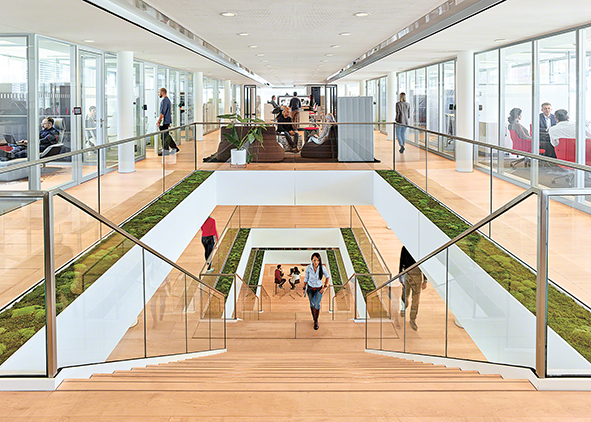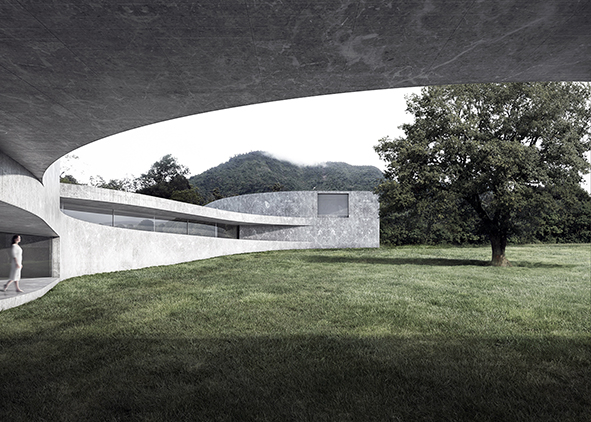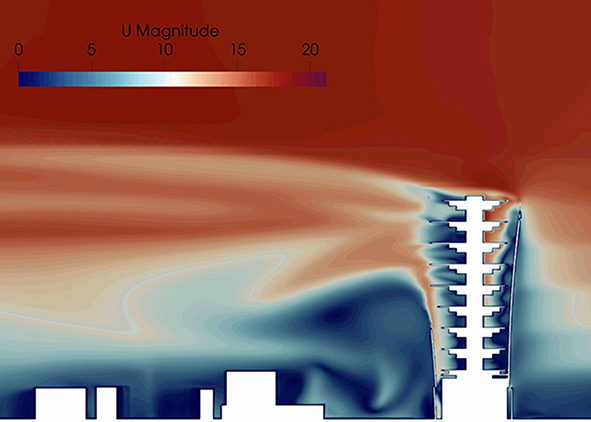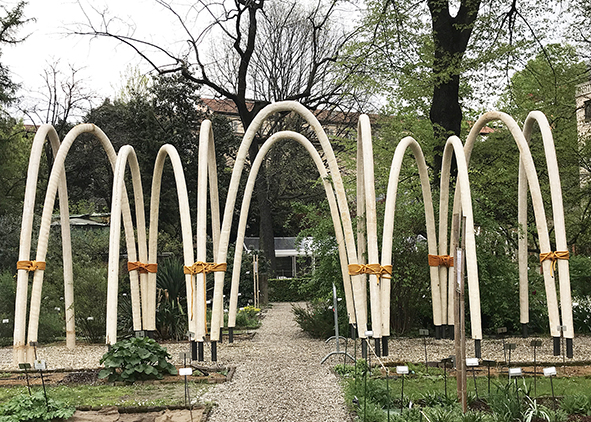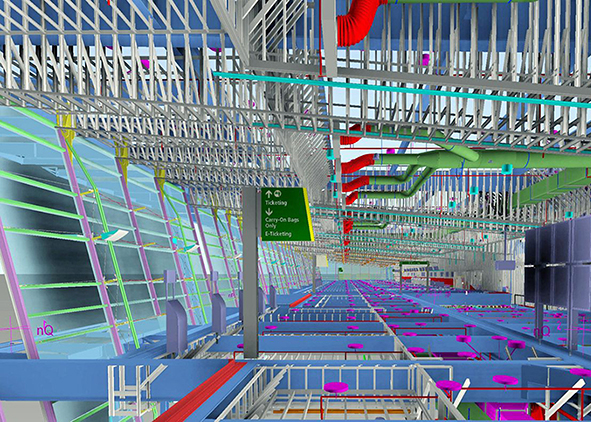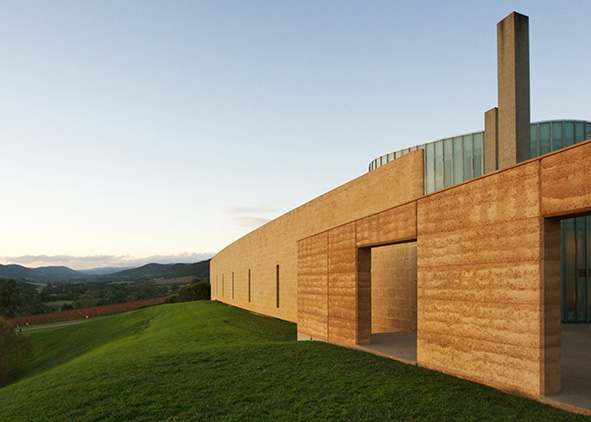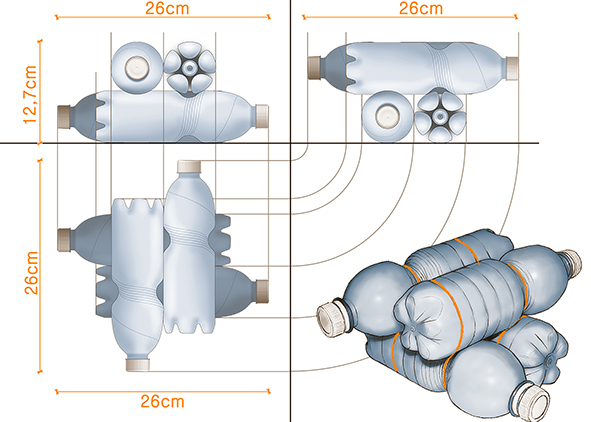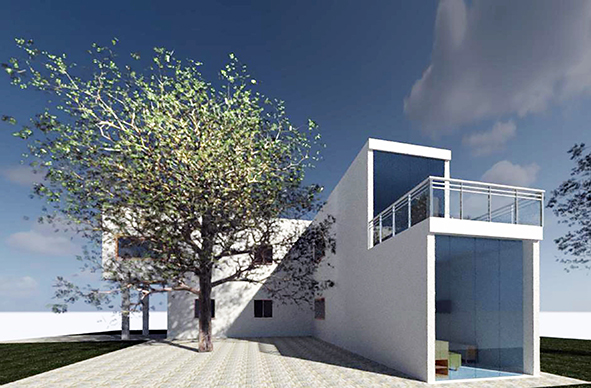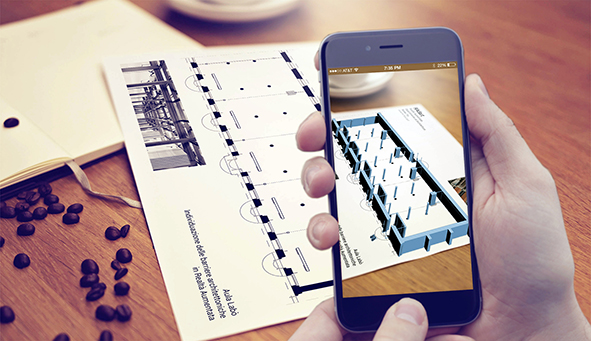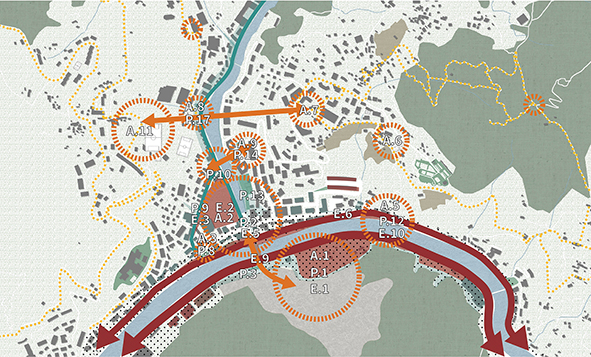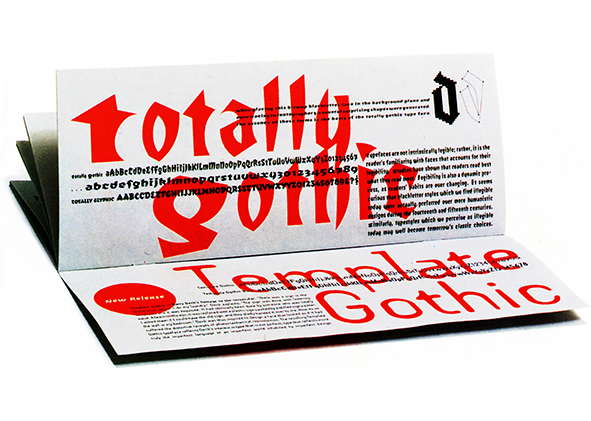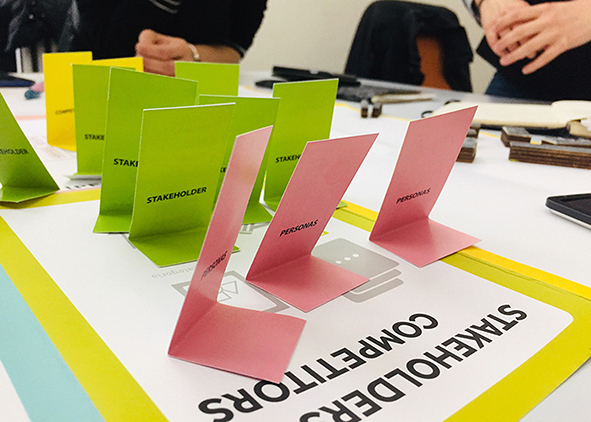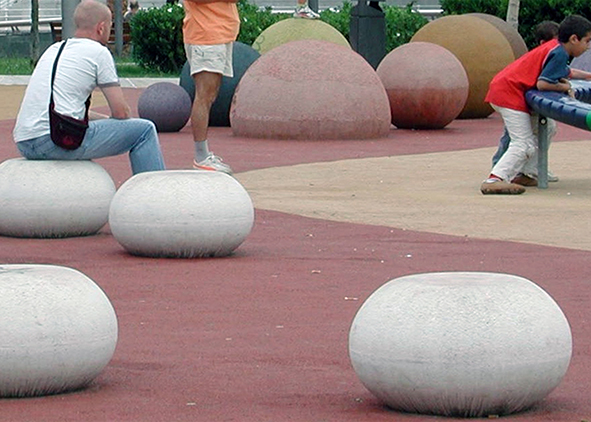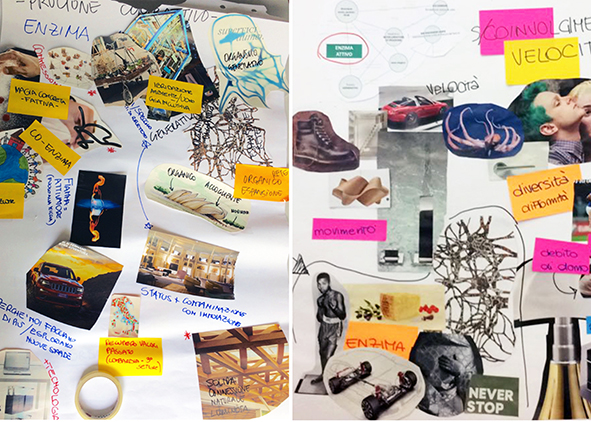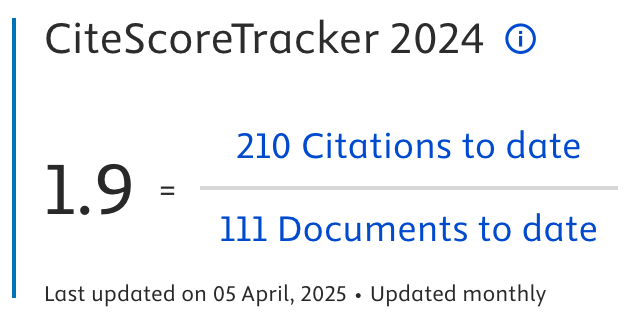
AGATHÓN
International Journal
of Architecture, Art and Design
ISSN (online) 2532-683X
ISSN (print) 2464-9309
Vol. 5 (2019): PRO-INNOVATION | PROCESS PRODUCTION PRODUCT

The beginning of the third millennium has marked a period of unprecedented change for cities, architecture and product/visual design. Over the last two decades, economic, social and environmental causes have stimulated and conditioned research and production, directing them towards substantial paradigm changes, proposing new challenges to create more smart, more resilient, more responsive and adaptive, more efficient and more sustainable urban systems, buildings and objects – from nearly Zero Energy Buildings (nZEB) to Positive Energy Architecture (PEA) – designed and built faster, with lower costs and with a positive effect on the environment, society, health and productivity: more innovative, in a nutshell. It is a common knowledge that innovation is, now more than ever, the tool needed to recover from the global economic crisis, to aim for economic prosperity and quality of life improvement, to increase productivity, to foster competitiveness, to support the challenge of globalization and environmental sustainability, both at an ‘incremental’ level (improvement of an already existing production process) and ‘radical’ (to create a new unmatched method or production system).
In this regard, AGATHÓN deals with the subject of ‘Pro-Innovation | Process Production Product’ with the aim of collecting essays and critical reflections, researches and experiments, projects and creations (of new architectures, recovery and restoration interventions, art and product/visual design) that might be case studies for innovation, sustainability and social inclusion, describing the subject: 1) Process Innovation as sequence and organization models, management and control of the process stages, operating methodologies (ideational, design, productive, operational, management and of disposal of the work/product) of the whole life cycle of the artifact; regulations; new professional experts and technical skills; ways to involve professionals and users in the several decision-making stages, etc.; 2) Production Innovation, i.e. tools suitable for the optimization of the different stages of the production process including machines and robots for digital manufacturing (CNC milling, laser cutting, 3D printing, etc.), for prototyping and for prefabrication, relating to analysis and design/simulation software (also with virtual reality) CAD and CAM, BIM, digital, parametric, algorithmic and generative, environmental, structural, energetic and thermal; installation and assembly techniques and technologies, etc.; 3) Product Innovation, i.e. smart, advanced, composite, recyclable, sustainable, nanostructured, shape-memory, phase-change, self-repairing, responsive, adaptive, low-cost and high-performance materials/components/objects with a low environmental impact; automation, detection, management and control equipment for performance optimization; ‘passive’ technologies for efficient casings, including natural ventilation and cooling systems, water collection, storage and recycling, and off-grid renewable energy production.
Many proposals and new visions of the process, its management and building production, showing new paths for innovation and professionals. But, at the same time, they also make us think on the (possible) loss of a cultural and technological knowledge that considered the designer as the one holding a global knowledge that nowadays seems to be increasingly fragmented.

